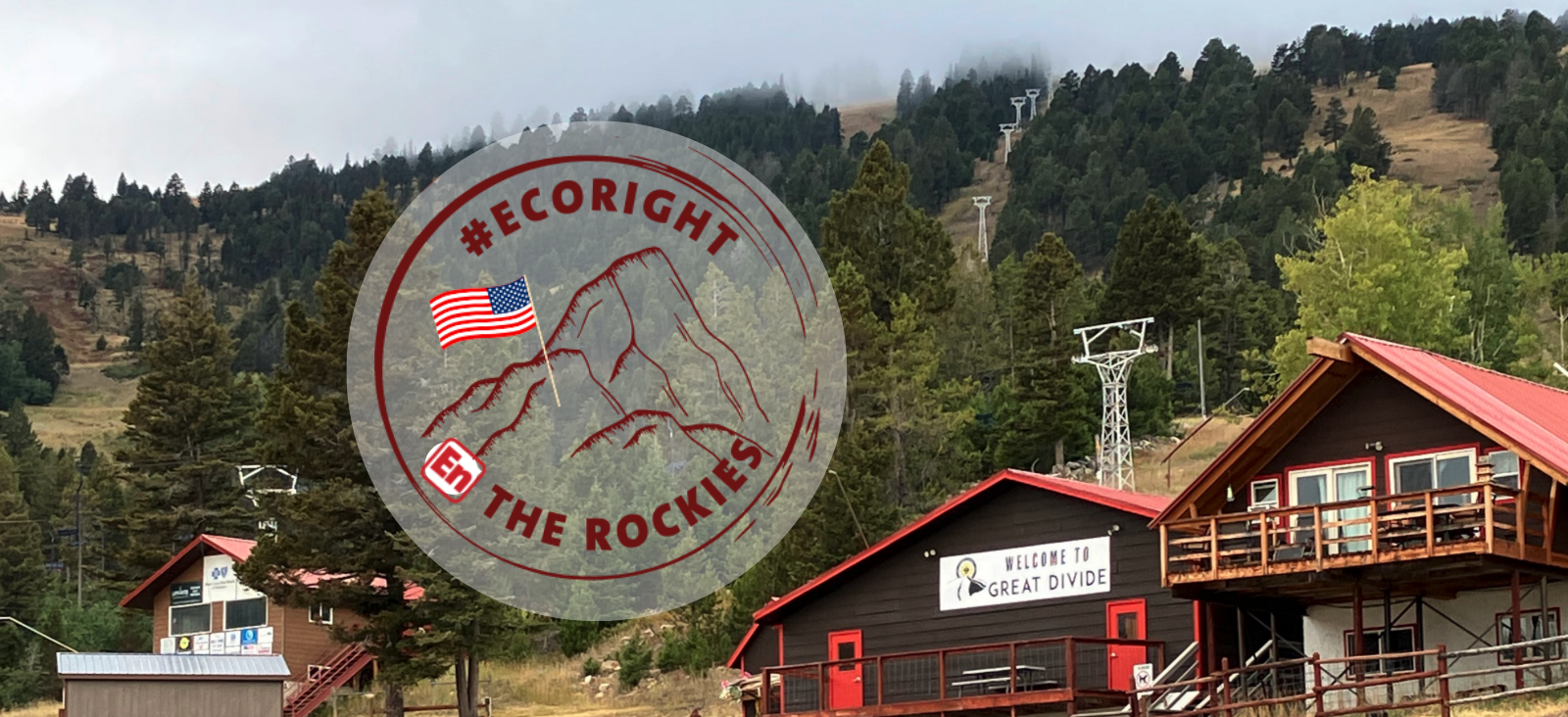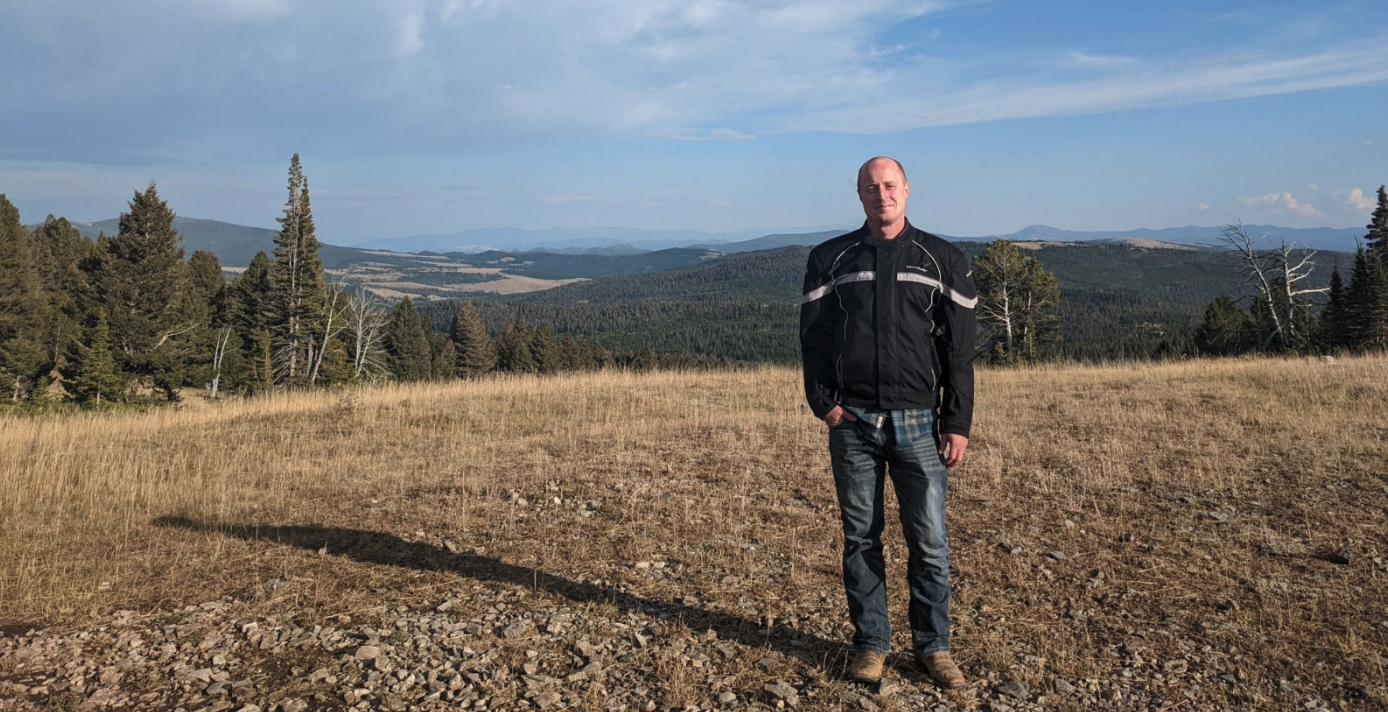We work very hard to remove the elitism from skiing. It shouldn’t be a status sport.
-
- 1600 acres — roughly 50/50 private and BLM land
- 90 employees, 50 volunteers
- Est. 1941 as the Belmont Ski Club. Purchased by the Taylor family in 1985. Sold to two families including a second-generation Taylor in 2020
- 5 double chair lifts, 1 rope tow
The divide spans our continent from north to south and determines the destination of our moisture. Precipitation west of the divide drains into the Pacific, while precipitation to the East goes to the Atlantic. As I crossed the divide, I couldn’t help but wonder — is the continental divide symbolic of our nation’s struggle with climate? On one side, we struggle with inaction and denial. On the other, we struggle with conflating climate change with progressive agendas, unhelpful alarmism, and unrealistic calls to deindustrialize. Does where we land politically predetermine our response to climate?
My interview with Travis Crawford, General Manager and co-owner of Great Divide Ski Area, affirmed my belief that there’s a desire for level-headed climate action among independent-minded Americans. Folks like us perhaps represent a third watershed in the American climate conversation.
When I look at my job as general manager, it’s to create a sustainable business — and manage risk. So when I start looking at my high-level risks, climate change is #1. It’s a very high risk to our long-term sustainability. It is constantly in the forefront of my thoughts as a GM.
Snowmaking is a big one to have a resilient winter in light of the changing climate. Last year we spent hundreds of thousands of dollars on our snowmaking infrastructure, and I think we’re going to continue investing like that on a near-yearly basis into perpetuity.
For its part, Great Divide is doing what it can to reduce emissions and effectively manage the health of its forested lands. Travis is quick to note that in all cases, the changes they’ve made aren’t just good for the environment but good for the bottom line as well. But he recognizes that any localized effort is in vain if we can’t tackle the issue at a national and then global level.
I just don’t want more red tape. There’s so much regulation.
As a small business, we have a lot of regulatory requirements already. Anytime I’m asked to support something that adds yet another requirement, I try to think — how is it actually going to be met? Who’s going to fill out that form? Who’s going to keep track of that documentation? What is all of that going to take?
All of this culminates in paperwork. We run leaner than almost any other small ski area, and if I have to hire additional people for reporting & compliance, that is immediately reflected in our ticket prices.
For Travis, it all boils down to depoliticization and level-headed approaches:
Kyle McIntyre lives in rural Montana where he is on a mission to make conservation conservative again. He is a family man, software builder, data scientist, Montana kid, and proud homesteader. He is also the newest addition to republicEn’s EcoRight Leadership Council.



